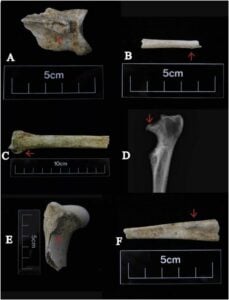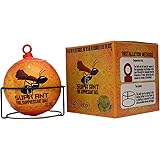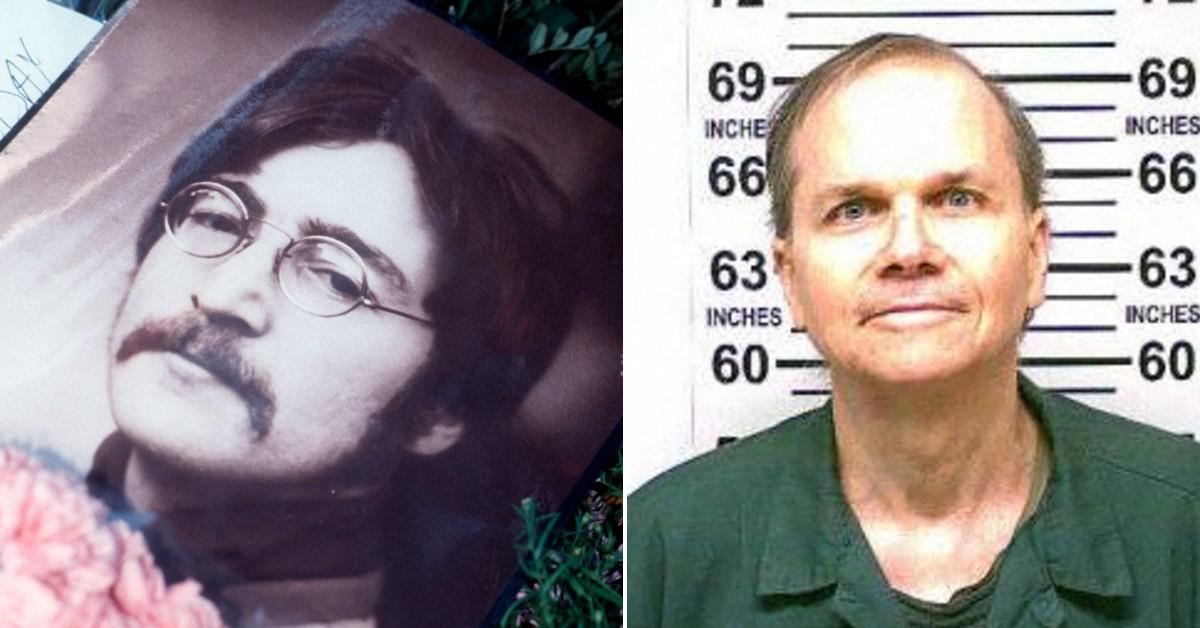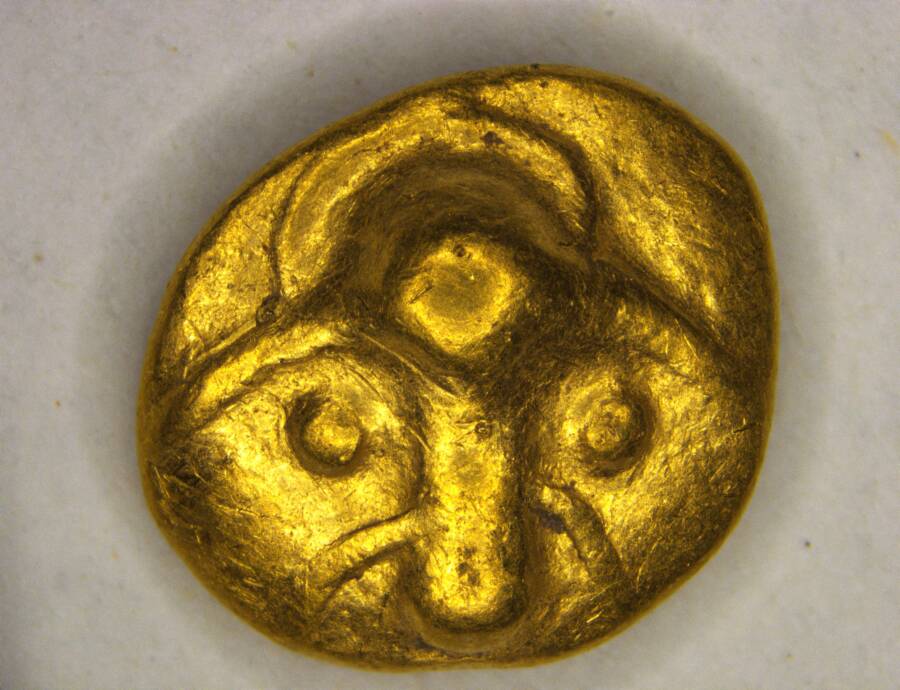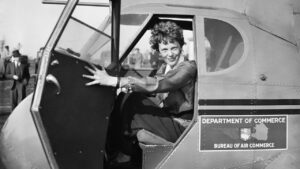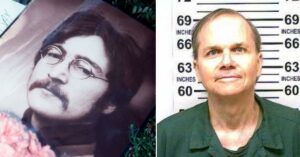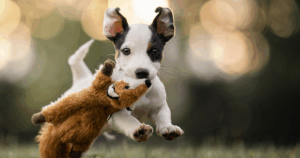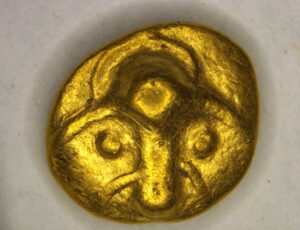“Unraveling Ancient Rituals: What Did 140 Sacrificed Dogs Reveal About Roman Beliefs in England?”
“The Romans had specific rules about what types, colors, ages, and sexes of animals were appropriate for sacrifice to different gods,” Greene said. “It’s likely that these dogs were chosen based on such cultural criteria.”
This revelation does raise further questions, however. Dogs were associated with various deities in Roman mythology, and they played a central role in the daily lives of people in Roman Britain, particularly as hunters, herders, guardians, and companions. It remains unclear which deity these dogs were being sacrificed to, why small dogs were chosen for this sacrifice in particular, and whether the presence of human remains at the site could be an indicator of a more complex ritual.

Pre-Construct ArchaeologyThe ancient quarry shaft where the bones were discovered.
It is also unclear why the site lost its religious significance over time. What started as a site for ritual sacrifice eventually became a deposit for more mundane, discarded objects, and by the early second century C.E., all deposits ceased entirely.
“Despite the fact that dogs are found on the majority of Romano-British sites, very little can be said about the Nescot assemblage in terms of how it fits into the larger picture of the province because of the absence of adequate comparative data,” Greene concludes. “This problem is not limited to the dogs of Roman Britain however, and the standardization of pathological recording and reporting in zooarchaeology can only serve to strengthen the field as a whole.”
After reading about this study of ancient Roman dog sacrifices, read about some of history’s most famous dogs. Then, read about the collapse of the Roman Empire.

